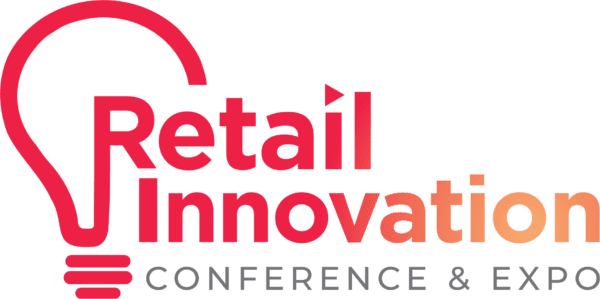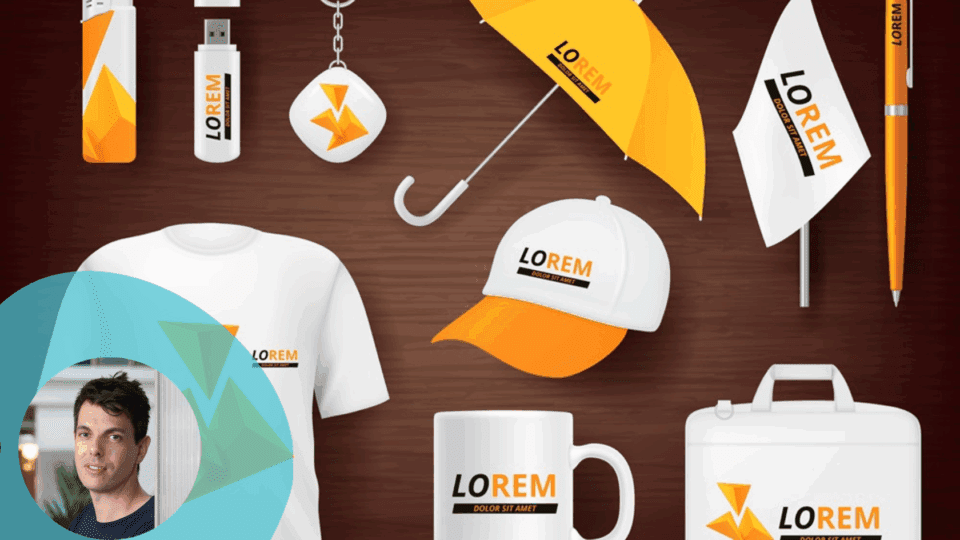In event marketing, the giveaway has long served as a reminder of a brand after the event is over. As consumer expectations evolve, so must the strategy behind the branded giveaway. The era of mass-produced pens, tote bags and plastic trinkets is over. Today’s attendees are looking for more than just freebies; they are seeking meaningful, personalized experiences.
This transformation isn’t just a trend. It signals a fundamental shift in how brands engage with audiences in real life. Personalization and sustainability have emerged as priorities among consumers, reshaping the way merchandise is developed and delivered. With these new priorities in mind, real-time customization offers both a more engaging audience experience and a more effective approach to brand storytelling through retail products.
The Value of Personalization in an Oversaturated Environment
The expectations of event attendees have changed significantly. With algorithm-driven online product recommendations becoming the norm, the world has become more personalized. Social media gives greater visibility into event activations and exclusive experiences, raising consumers’ expectations of curated experiences. As these expectations extend into physical spaces, retailers creating event merchandise are under pressure to deliver similarly tailored interactions.
Personalized merchandise taps into this cultural shift. Rather than handing out identical items to attendees, brands can now offer products that attendees can have a hand in designing, creating a sense of ownership and emotional connection to the item, and therefore the brand. Customization turns a passive freebie into an engaging experience, inviting people to participate in a brand story while allowing them to take home something uniquely theirs.
Beyond emotional value, personalization also improves practical relevance. Attendees are more likely to keep, wear and share customized items, increasing the longevity and reach of a brand’s presence far beyond the event itself.
From Quantity to Quality: Trends Shaping Expectations
The move toward personalized, high-quality merchandise reflects larger consumer and societal sentiment. As an example, today’s consumer is willing to pay a 9.7% sustainability premium on purchased goods. There is also a growing cultural emphasis on minimalism and conscious consumption. People are seeking fewer, higher-quality products with purpose, longevity and personal relevance.
This has direct implications for experiential event activations. Instead of measuring impact by the volume of items distributed, brands are beginning to evaluate the depth of the experience and the ripple effect through social sharing.
Environmental concerns also are influencing these shifting mindsets. Current consumer consumption habits show that globally, we are projected to exceed 200 billion tons of material goods consumption annually by mid-century – an amount four times more than the ecological boundary, or the maximum sustainable limit of natural resource use that the Earth can support without causing irreversible environmental damage.
As awareness of the environmental cost of overproduction grows, brands and consumers are reassessing the value of traditional event swag. One-size-fits-all giveaways, often produced overseas in bulk and discarded quickly, are increasingly seen as wasteful and not aligned with modern sustainability goals.
Aligning with ESG Goals
More than half (52%) of companies have cut both carbon emissions and emissions intensity since 2016. As organizations put greater emphasis on environmental, social and governance (ESG) commitments, every aspect of brand activity must be scrutinized, including how events are executed. Traditional swag giveaways often fall short of ESG goals. Overproduction, use of non-recyclable materials and short product lifecycles make them a weak point for brands.
On-demand customization addresses several of these challenges. Because items are produced on demand, there’s little to no surplus inventory. Brands also can choose to work with responsibly sourced materials and low-impact production methods, aligning merchandise strategies with broader sustainability targets. Using on-demand production provides opportunities to show that engagement can be both high-impact and low-waste, while remaining creative and ESG-conscious.
Technology for Cutting-Edge Event Experiences
Delivering personalized merchandise to a large audience depends on technology. Advances in software, user experience design and on-site hardware from printing industry leaders like Roland DGA have made it possible to execute customization in real time at onsite events, without compromising quality.
Digital printing solutions, interactive design interfaces and cloud-based asset management tools allow for a seamless customer journey from initial interaction to finished product. These systems reduce the challenges typically associated with customization, making the experience intuitive and accessible for attendees of all ages and backgrounds.
On-demand production also offers several benefits. It minimizes waste by producing only what is needed, when it is needed. It also reduces logistics costs by eliminating the need for shipping pre-printed inventory to the event location. From a marketing standpoint, it allows for more customizable campaigns that can adapt designs based on event themes, audience demographics or live feedback.
Where to Begin
For retailers looking to evolve their event strategies, the shift toward personalization and sustainability presents a valuable opportunity. A few key areas to start:
- Prioritize quality over quantity. Fewer thoughtfully designed and executed items often deliver more value than high-volume giveaways.
- Make customization easy. Use onsite interfaces that are easy to navigate, with clear prompts and helpful guidance to ensure a smooth user experience.
- Understand the audience. Know what they value, use and share, and tailor product options accordingly.
By focusing on these areas, brands can create more meaningful experiences that are remembered long after the event is over.
The New Standard
In today’s event landscape, personalization and sustainability are no longer optional, they are expected. Attendees want to feel seen, and they want their participation in events to align with the values they hold in other areas of their lives.
Brands that respond to shifting mindsets will stand out in crowded event environments and strengthen their long-term relevance and credibility. Offering fewer, more meaningful brand merchandise options is not just more effective, it is more responsible – a balance that is the key to the future of branded merchandise.
Tim Williams is CEO and Founder of YR, a global leader in providing software solutions for on-demand, product customization and real-time visualization. YR is a true omnichannel platform for product customization specializing in in-store retail, brand activations and ecom. YR’s technology empowers brands and consumers to create unique products quickly and easily, driving engagement and enhancing customer experience.




